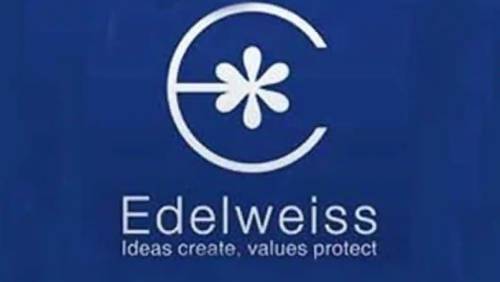Edelweiss Resource The board Ltd on Thursday changed over two of its trade exchanged assets (ETFs)- – Clever 50 ETF and Clever 100 Quality 30 ETF- – to Clever 50 Record Asset and Clever 100 Quality 30 List Asset, individually. The declaration about the progressions was made in August.
Detached contributing, which incorporates record assets and ETFs, has become noticeable among first-time financial backers in Quite a while as these are the most essential type of placing cash in shared assets. Both the instruments basically reflect a record.
A record reserve works like a common asset conspire, in which an asset administrator makes a portfolio that imitates a list, which could be Sensex or Clever. Be that as it may, record assets can get them just premise the finish of-day net resource esteem (NAV).
Edelweiss ETF-Clever 50 was at first dispatched in 2015, while Edelweiss ETF – Clever 100 Quality 30 appeared in 2016. Starting at 31 August, they had resources worth ₹3 crore and ₹12 crore, individually, under administration.
With late changes, Edelweiss Clever 50 Record Asset will be benchmarked to Clever 50 absolute return list (TRI), and Edelweiss Clever 100 Quality 30 List Asset will follow Clever 100 Quality 30 TRI.
As indicated by Niranjan Avasthi, head-item advertising and advanced business, Edelweiss AMC, the organization’s emphasis presently is on record finances when petitioning for new value side plans.
“We have documented our enormous and mid-cap, monetary administrations reserve and dispatched medical care store on the list stage since it gives simple admittance to retail financial backers. Thus, these two assets (Clever 50 ETF and Clever 100 Quality 30 ETF) were very old ETFs, and we felt that changing over them would be the reasonable alternative, and the greater part of our financial backers likewise gave the input that they required record assets to set up Tastes in these assets” said Avasthi.
Authorities on the matter agree, for most retail financial backers, list reserves are a preferable choice over ETFs, as they are effectively available. For record reserves, financial backers don’t need to open a demat record or pay financier. Also, it is normal that most retail financial backers are long haul financial backers, and they don’t need to time the business sectors consistently to purchase the units.
Rushabh Desai, a Mumbai-based shared asset merchant, who lean towards file assets to ETFs, says that in ETF costs can truly vary dependent on request supply and can exchange along with some hidden costs from the genuine cost of the fundamental file.
“Retail investors who do not understand the difference between the traded price and the actual price can end up buying ETFs at a premium, which is absolutely unnecessary for them. Index funds are easier to track, they don’t require a demat account and they are easier buy and sell. On the other hand, we have seen strong participation from institutional investors in ETFs as these products are traded (which can help in taking intraday / short term market movement benefits) and have a low expense ratio, but if some AMC wants good retail participation, then index fund is the way to go,” Desai added.
Carter Hernandez is an American economist and writer most noted for his classic finance book A Random Walk Down Wall Street.
Disclaimer: The views, suggestions, and opinions expressed here are the sole responsibility of the experts. No journalist was involved in the writing and production of this article.

